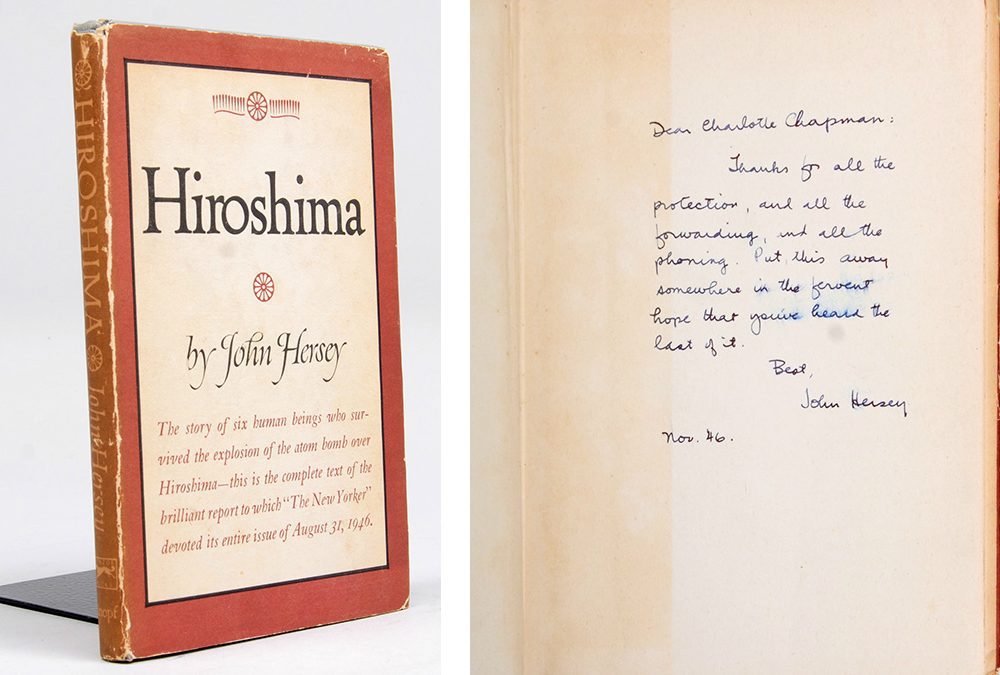
A Noiseless Flash: Hiroshima by John Hersey
On the 31st August 1946, the New Yorker gave over its entire editorial space to John Hershey’s landmark article on the disaster of Hiroshima, the first and only time in the publication’s history that such a thing occurred. Bringing together the accounts of six survivors of the detonation of the atomic bomb, which took place on the 6th August 1945, Hersey, an award-winning novelist and war correspondent, combined a narrative style with traditional journalism to convey the horrors of the event and its impact on the lives of ordinary people.
A year after the bombing of Hiroshima, the full extent of the damage and its devastating after-effects were only partially grasped by most Westerners. Whilst reports from Hiroshima had appeared in the media, any which dwelt on the ongoing suffering caused by the blast or included photographs or film footage were subject to strict censorship by US occupying forces in Japan and rarely made it out of the country. Expecting a piece which focused largely on the damage to property and the rebuilding efforts in the city, as previous reports had done, the then-editors of The New Yorker saw that they had an opportunity to expose the ongoing human tragedy caused by the bomb. In a statement which preceded the piece they explained that they were publishing it ‘in the conviction that few of us have yet comprehended the all but incredible destructive power of this weapon, and that everyone might well take time to consider the terrible implications of its use’.
The effect of the article was almost immediate. The issue sold out instantly and newspapers and magazines around the world clamoured to reprint it. The first-hand accounts of the six survivors – Miss Sasaki , the Rev Mr Tanimoto, Mrs Nakamura and her children, the Jesuit priest Father Kleinsorge and the doctors Fujii and Sasaki – had the effect of humanising a people who had been transformed into a faceless enemy by wartime propaganda. Many people wrote to the New Yorker, expressing their horror at the misery which the bomb had caused and shame that such an act had been perpetrated in their name. Hersey’s piece had done what no others had attempted; it had transcended wartime divisions and connected people with the suffering of their fellow human beings.
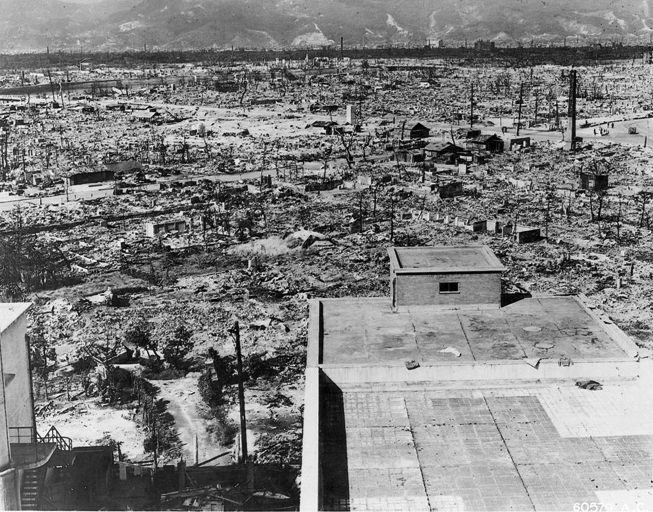
By US government, Public domain, via Wikimedia Commons.
The length of Hersey’s piece and his insistence that it should not be edited in any way caused a problem for news sources wishing to reproduce it in Britain and other countries. The BBC made the unusual decision to read the piece in its entirety in four parts in October of that year, despite fears that it might prove too disturbing for some listeners. The article very soon appeared in book form, published by Alfred A. Knopf in New York, and was subsequently translated and disseminated throughout the world. It has since never been out of print.
Hersey’s clear and restrained descriptions of the appalling effects of the bombing on the people of Hiroshima had a shattering effect on readers who were all but desensitised to accounts of wartime atrocity. His ability to describe in rational prose almost incommunicable physical and psychological trauma was what made ‘Hiroshima’ so remarkable for its time, and has ensured its continued status as one of the most celebrated and effective pieces of journalism ever written. Hersey’s insistence on confronting the human costs of war renders it as important a piece of journalism today as it was then. In a statement about the article which highlights the chilling tendency for the devastating weapons of war to become mundane and accepted, Time magazine said:
“Every American who has permitted himself to make jokes about atom bombs, or who has come to regard them as just one sensational phenomenon that can now be accepted as part of civilization, like the airplane and the gasoline engine, or who has allowed himself to speculate as to what we might do with them if we were forced into another war, ought to read Mr. Hersey. When this magazine article appears in book form the critics will say that it is in its fashion a classic. But it is rather more than that”.

HERSEY, John, Hiroshima, New York: Alfred A. Knopf, 1946. (Item sold)
This first edition is a rare presentation copy from John Hersey to Charlotte Chapman. Chapman was the secretary to William Shawn, editor of the New Yorker who worked extensively with Hersey on the Hiroshima piece. The dedication reads: ‘Dear Charlotte Chapman: Thanks for all the protection, and all the forwarding, and all the phoning. Put this away somewhere in the fervent hope that you’ve heard the last of it. Best, John Hersey Nov. 46’. This copy also contains a tipped-in note from Chapman which reads: ‘Often Mr Hersey and Mr Shawn would be closeted behind a closed doors for hours at a time, while I, just outside the door, would see that nobody disturbed them’.
If you would like to make an enquiry about selling a book or about the value of an item you own, please fill out the form which can be found here.

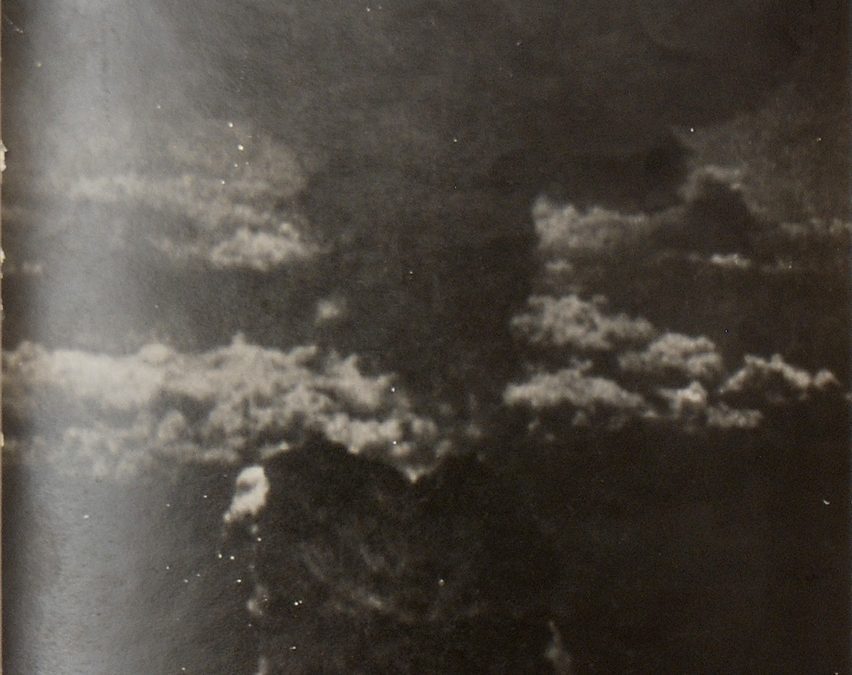
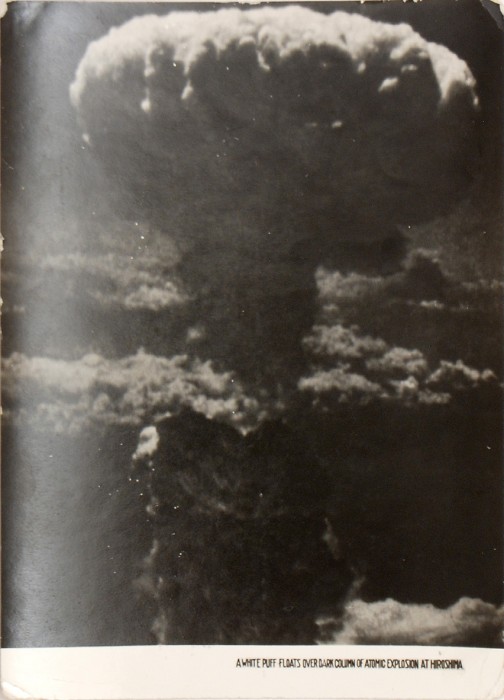
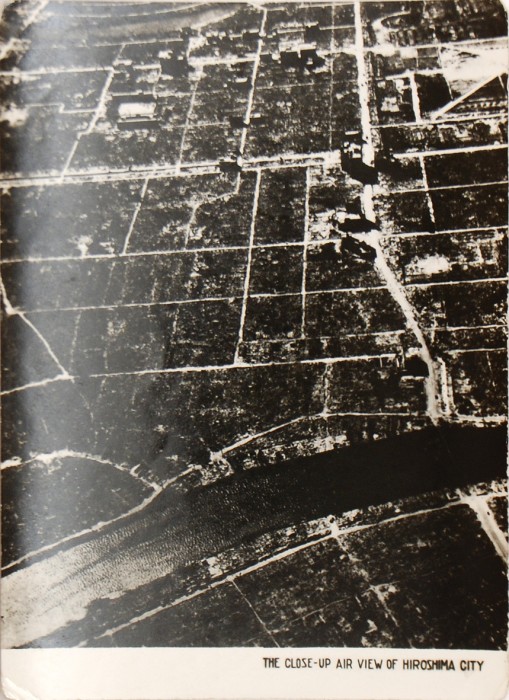
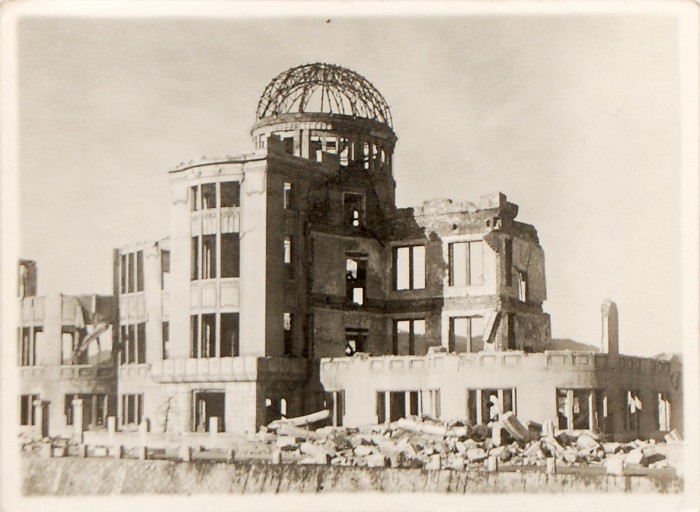
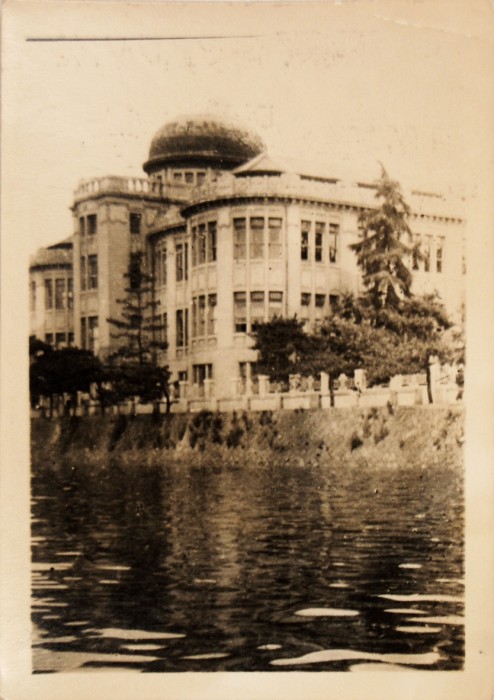
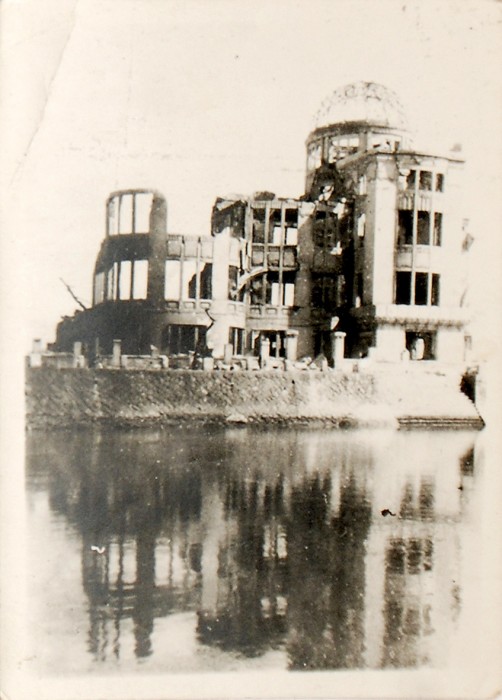
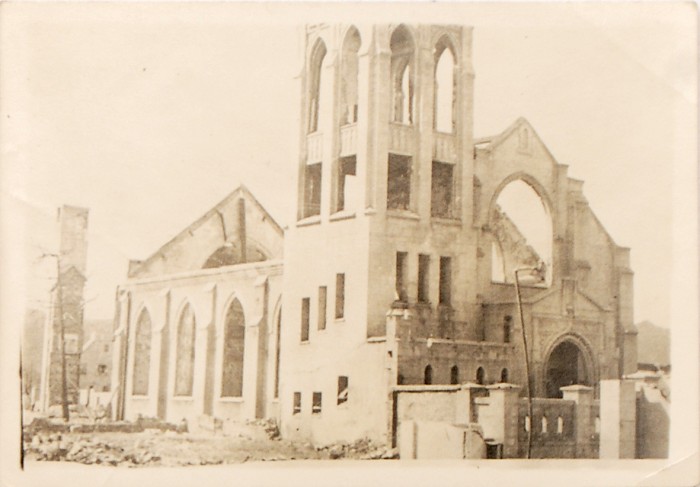
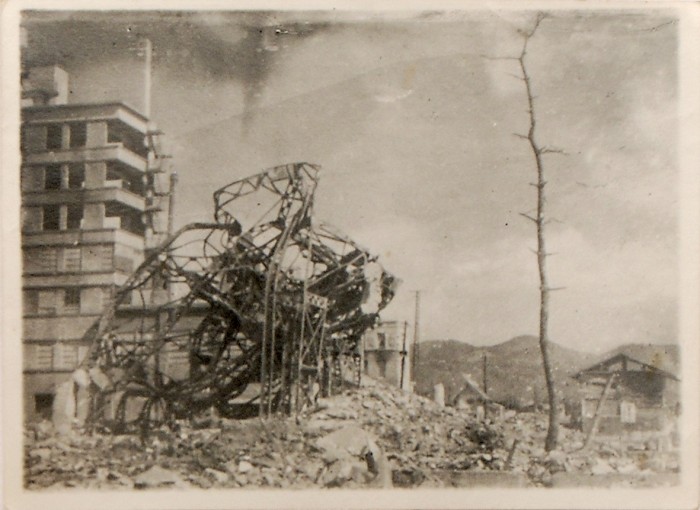
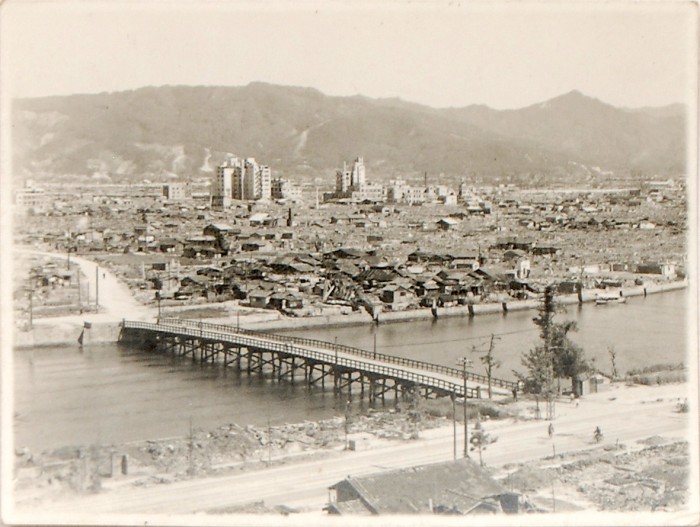
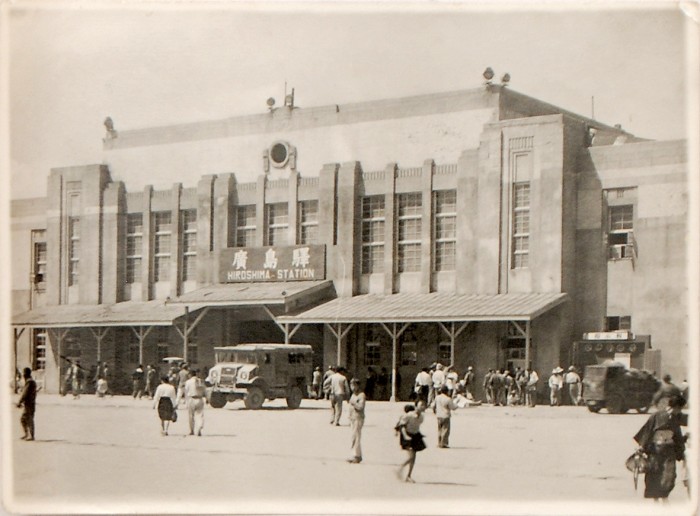
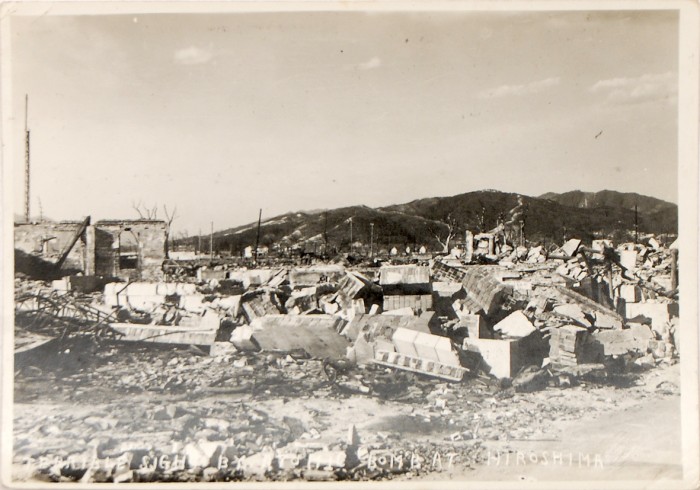
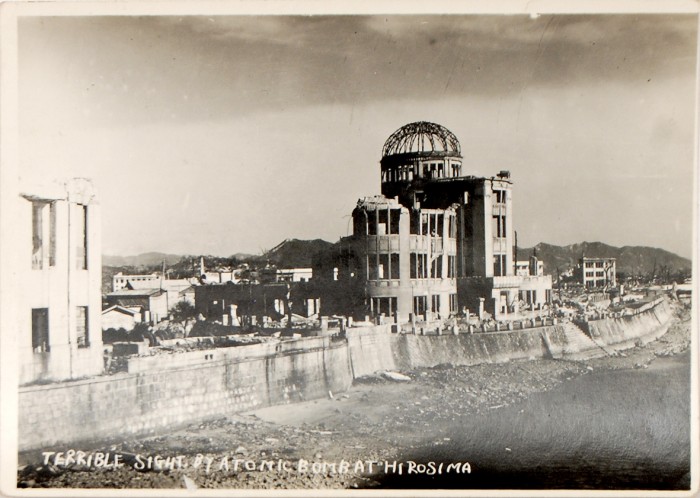
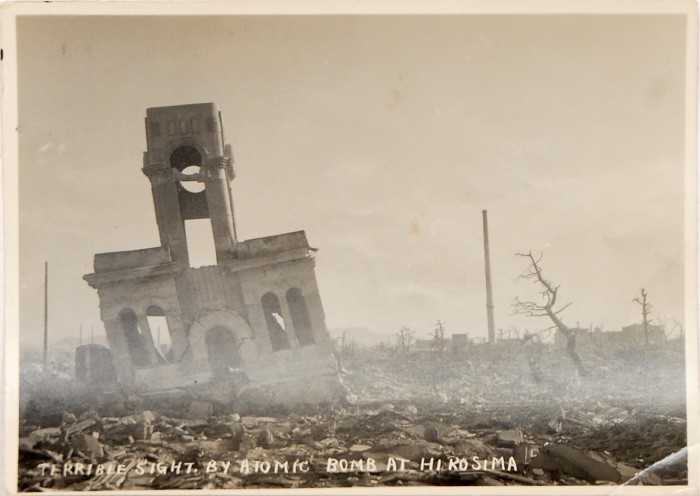
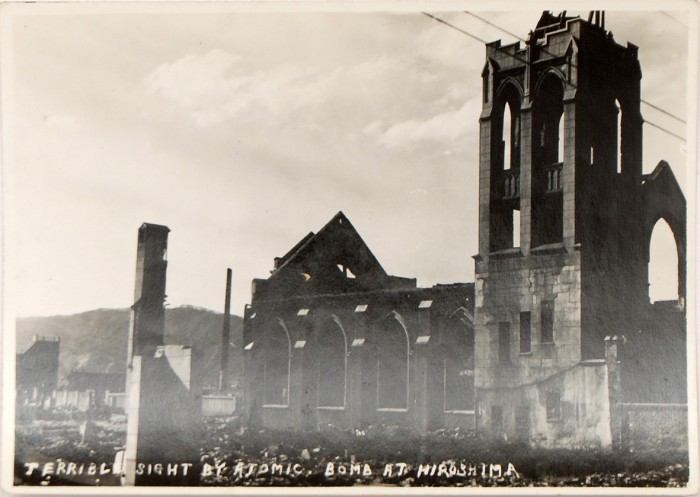
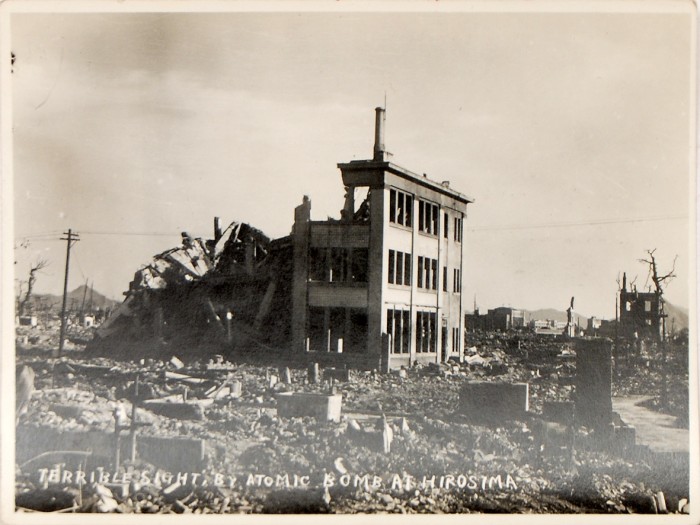
Recent Comments